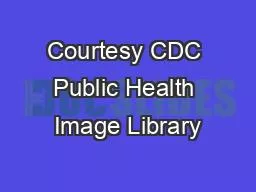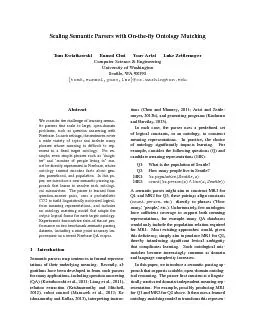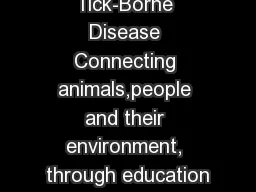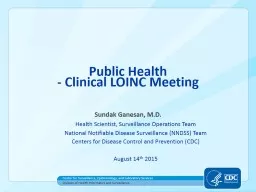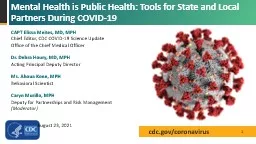PPT-Courtesy CDC Public Health Image Library
Author : webraph | Published Date : 2020-06-15
Photograph Dr David PhillipsGetty ImagesVisuals Unlimited Courtesy CDC Public Health Image Library The Case for PrEP STD and HIV epidemiology in Santa Clara
Presentation Embed Code
Download Presentation
Download Presentation The PPT/PDF document "Courtesy CDC Public Health Image Library" is the property of its rightful owner. Permission is granted to download and print the materials on this website for personal, non-commercial use only, and to display it on your personal computer provided you do not modify the materials and that you retain all copyright notices contained in the materials. By downloading content from our website, you accept the terms of this agreement.
Courtesy CDC Public Health Image Library: Transcript
Download Rules Of Document
"Courtesy CDC Public Health Image Library"The content belongs to its owner. You may download and print it for personal use, without modification, and keep all copyright notices. By downloading, you agree to these terms.
Related Documents

